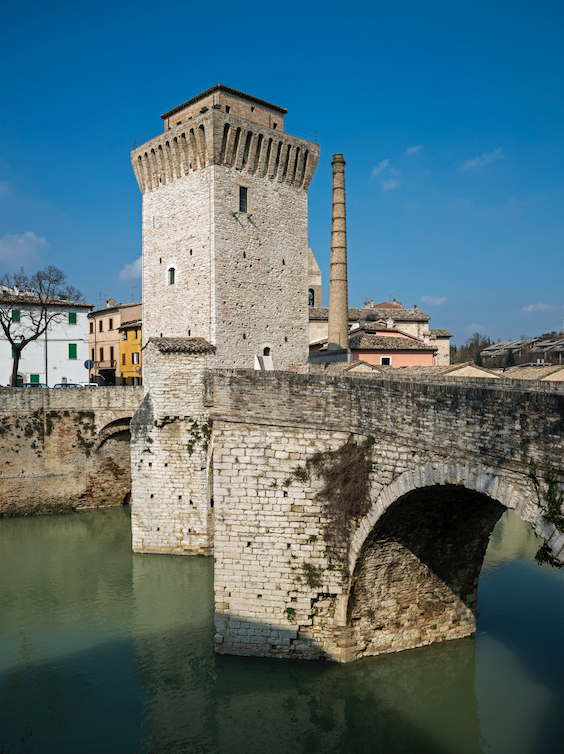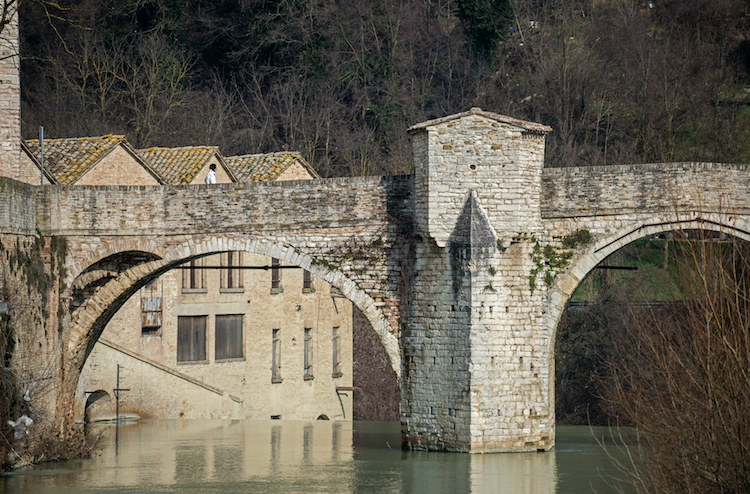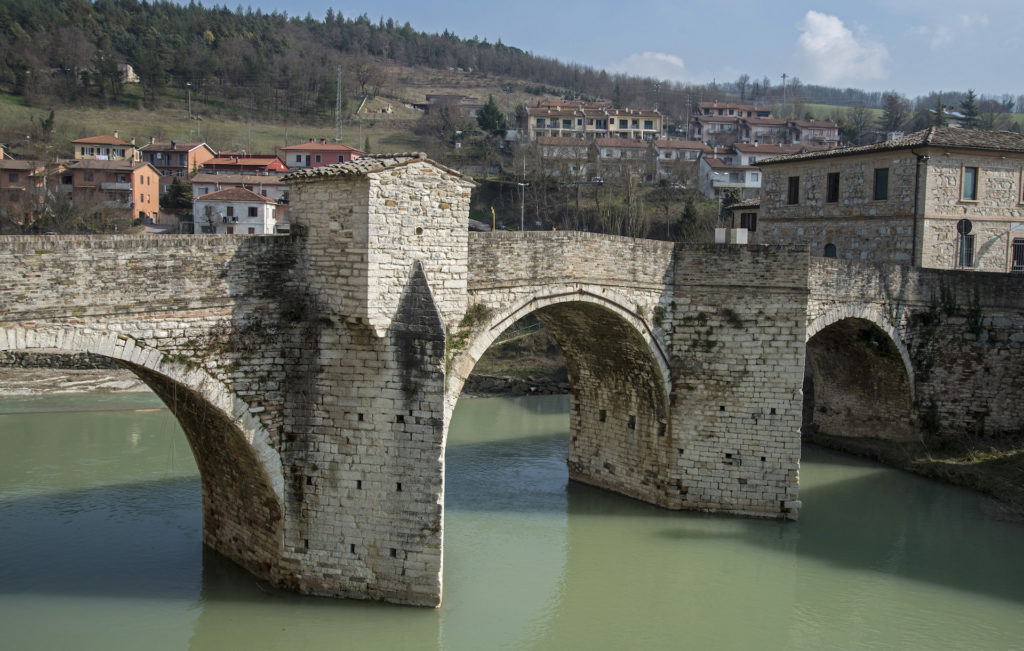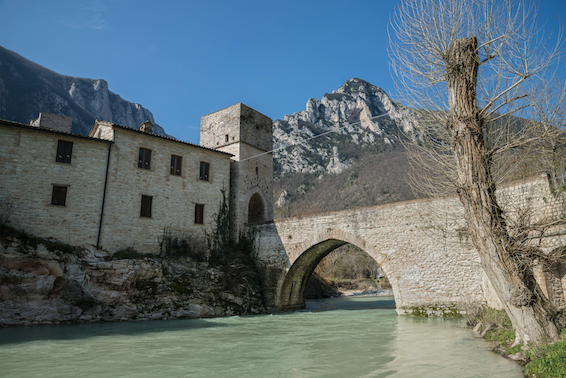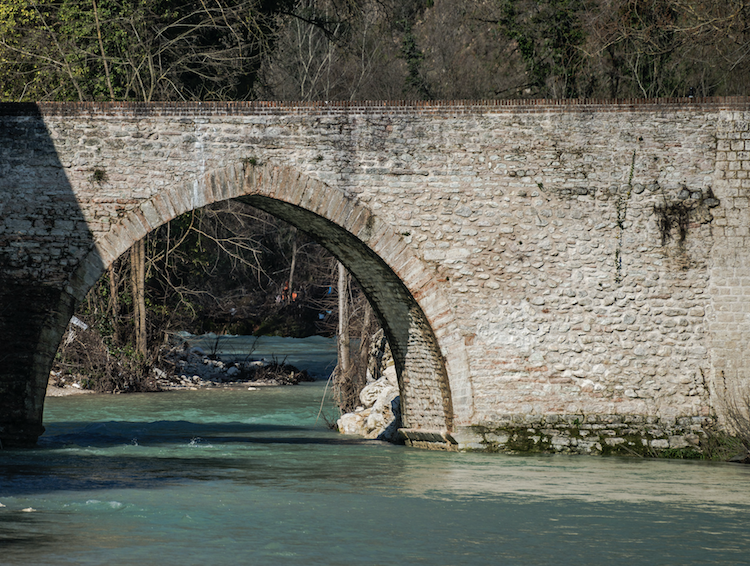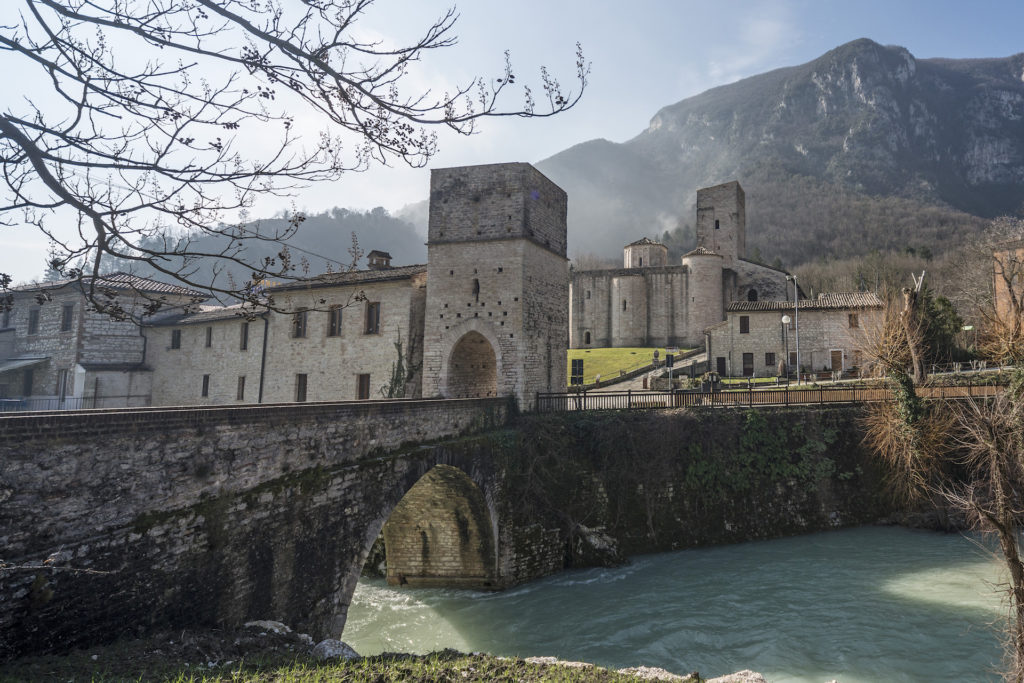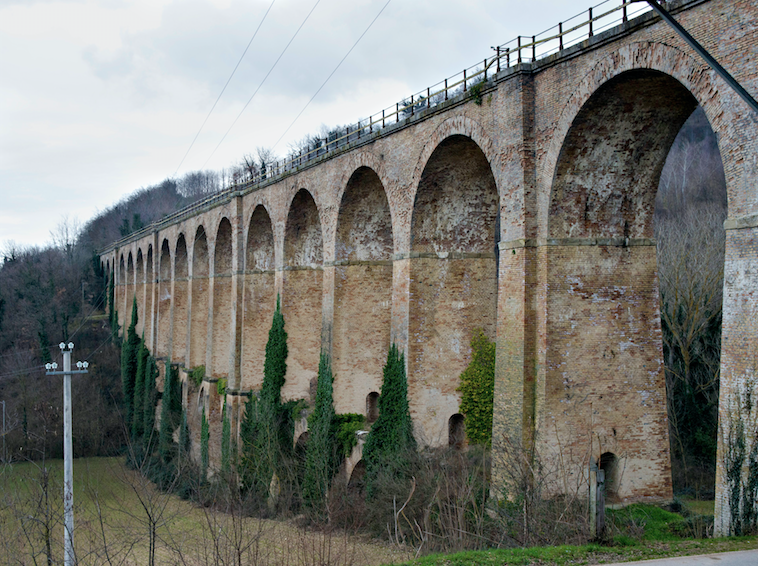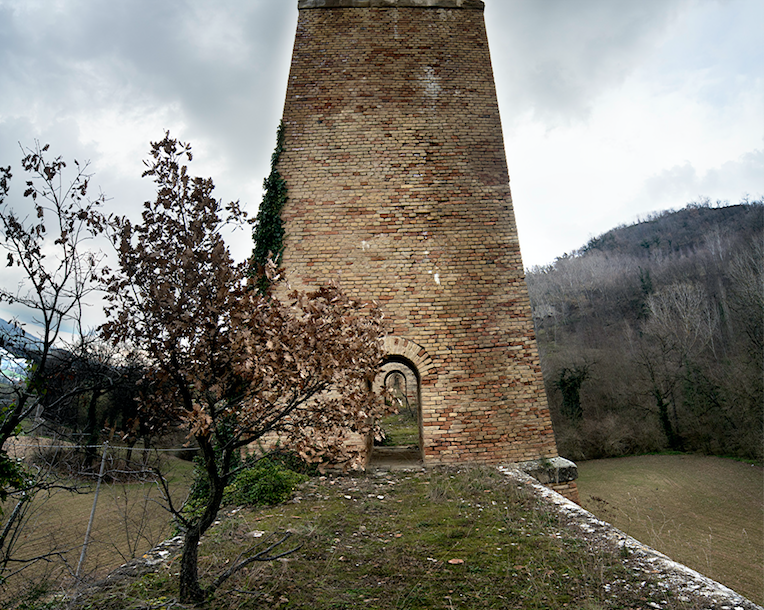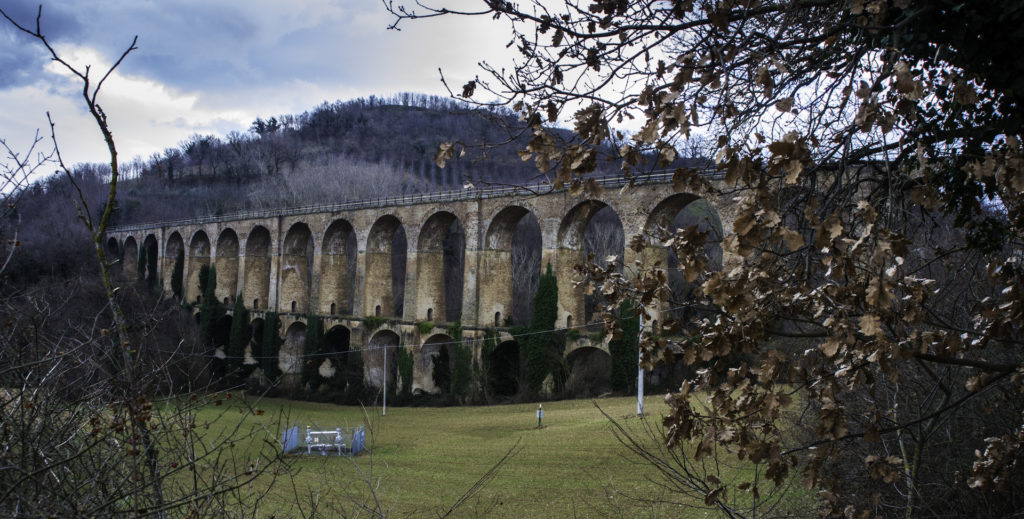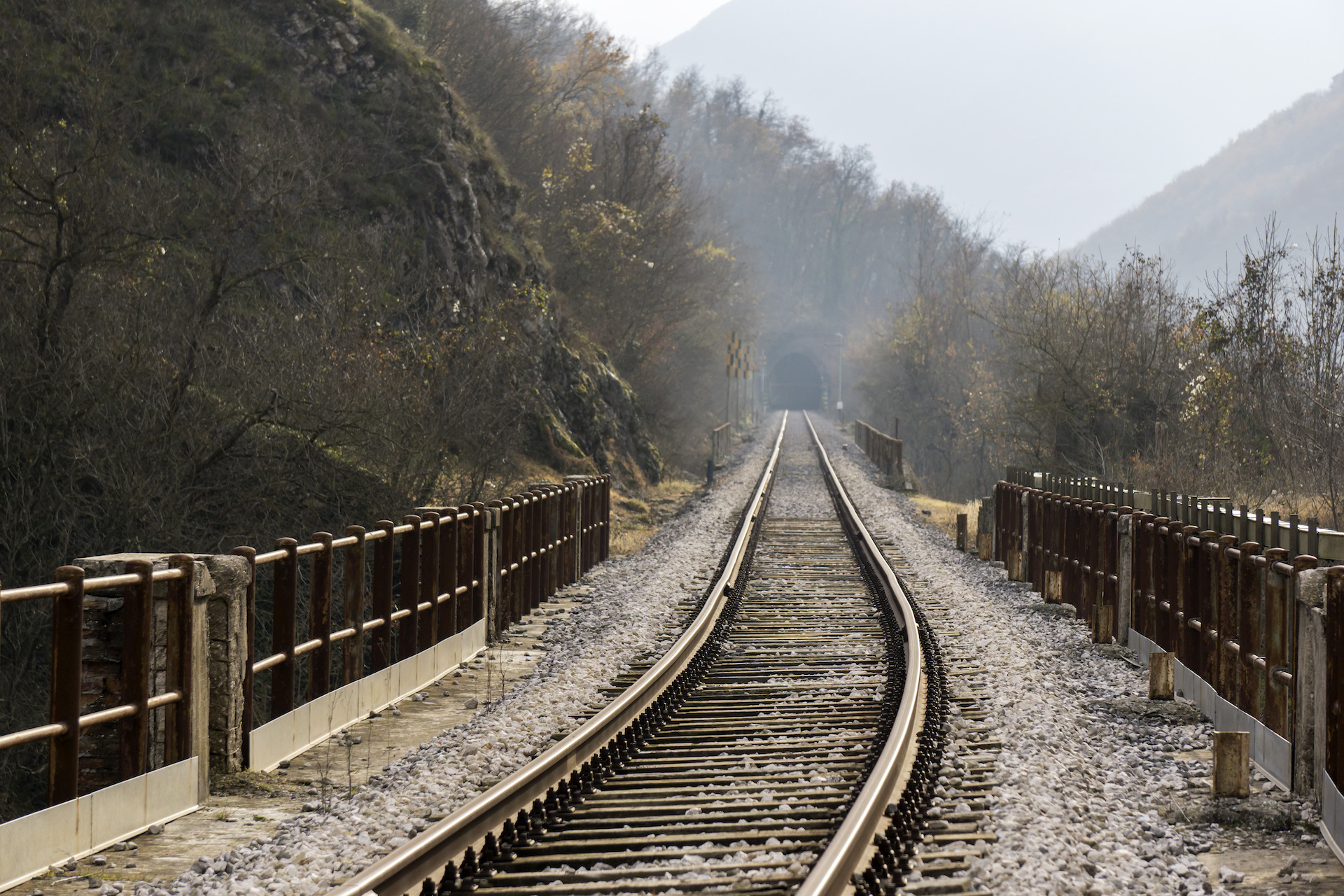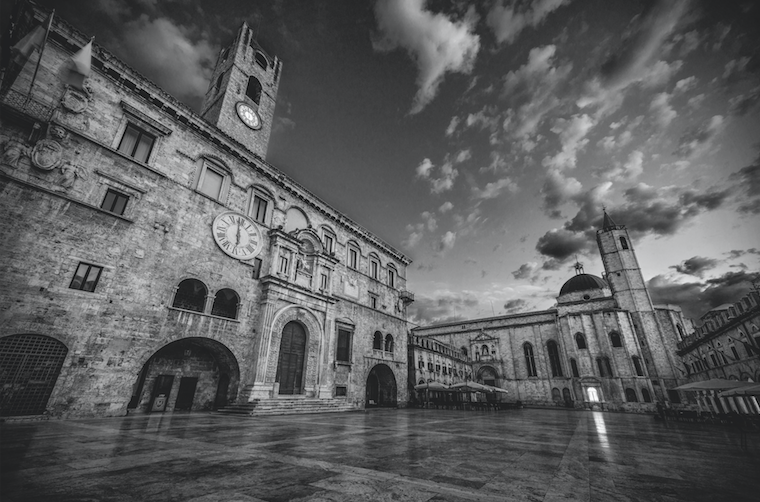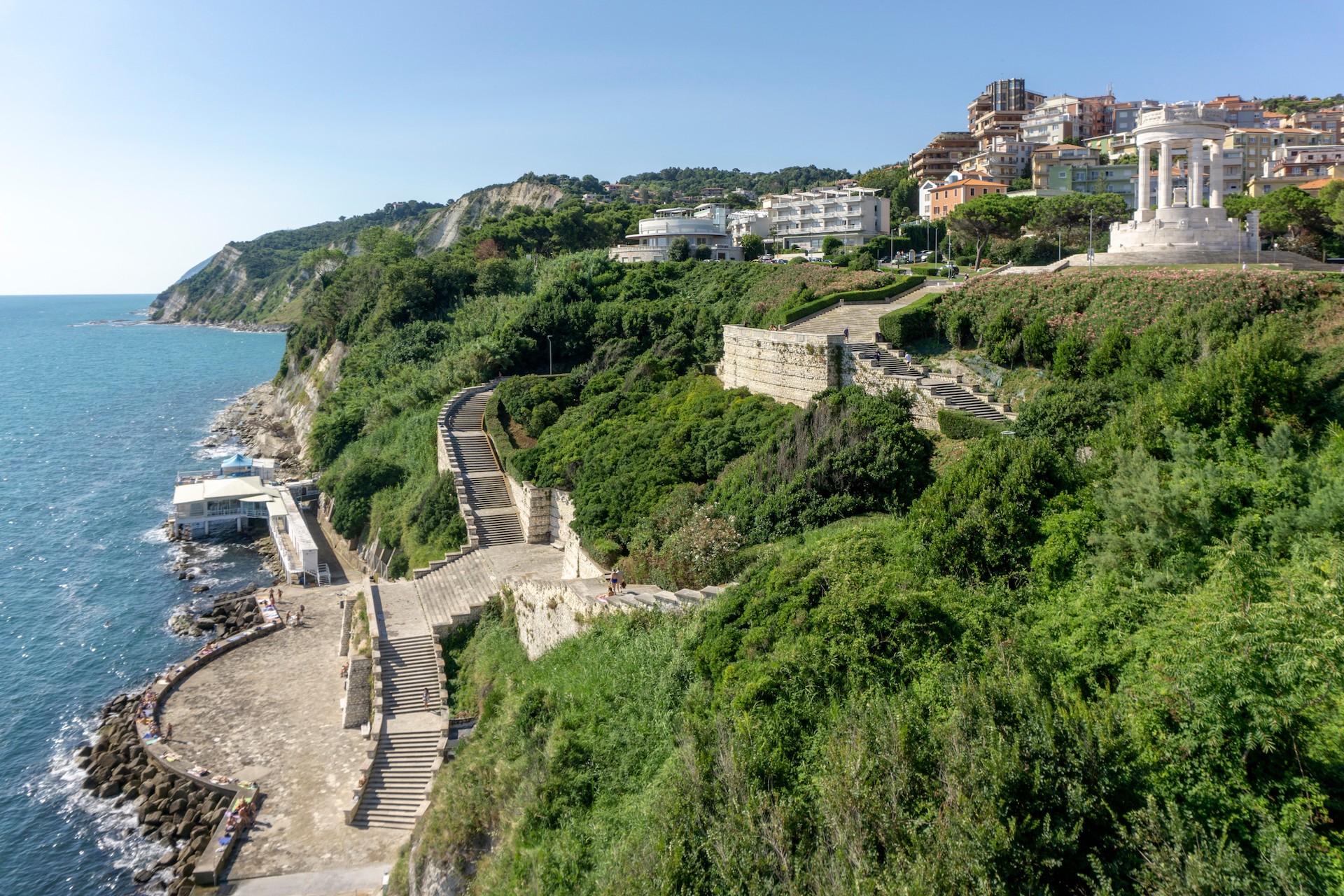Bridges in Marche
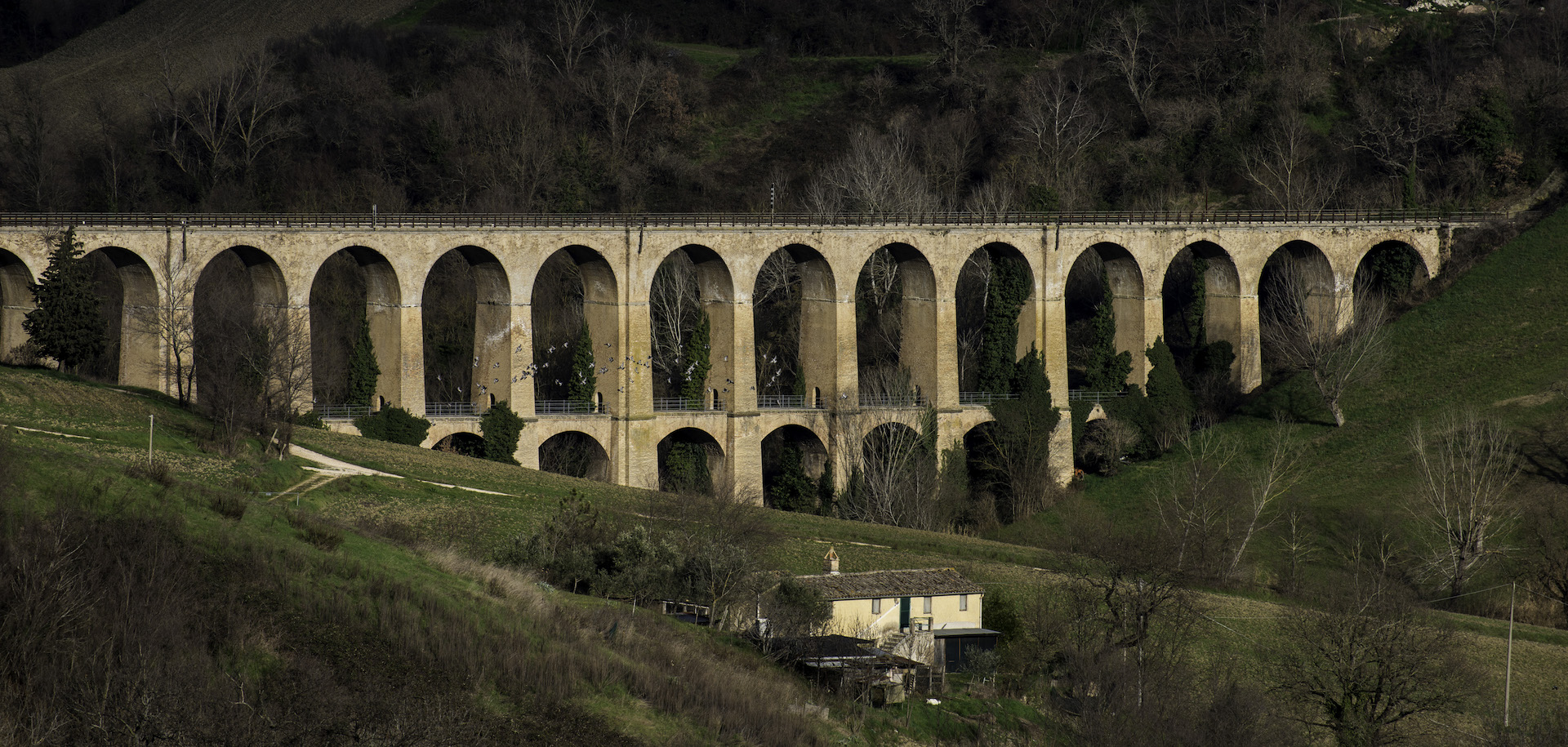
A bridge is not just an architectonic construction: it is a symbol. It is something that joins two distant river banks, enables people to move from one to the other, connects two edges of land which would otherwise stay forever separated, each on its side.
The metaphoric meaning of a bridge is really powerful, because it represents all can be done to overcome divisions, to create a common terrain and allow the flow of communication from one’s self to the others.
From a more practical point of view bridges, especially in the past, represented the possibility of moving as they enabled people to cross a river when there was no other possible path, nor a satellite navigator ready to recalculate it.
Bridges which assisted through the centuries to the passage of convoys, warriors and pilgrims, can still stand the passage of roaring engines and heavy cars.
To some of these creations, too often ignored or underrated as simple works of engineering, we now dedicate a tour around Marche: nine bridges, to discover as many areas of the region and enrich our eyes with new viewpoints.
The Concordia Bridge – Fossombrone
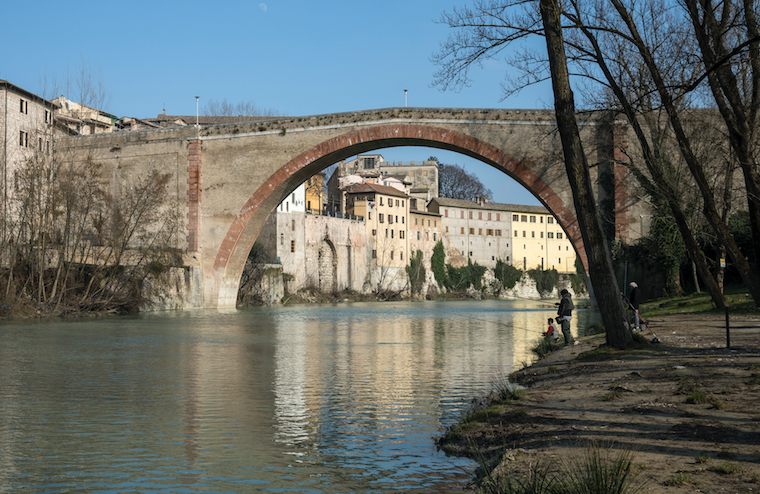
In Fossombrone, the Metauro river reaches into the city centre. In order to cross it, the Concordia (Concord) Bridge was built in 1782. It is one of the most beautiful ones in Italy because of the simple and in the meantime complex design of its unique round arch. It is 40 metres long and 20 high. Destroyed during World War II by the Germans, it was rebuilt in 1947 faithfully reproducing the original.
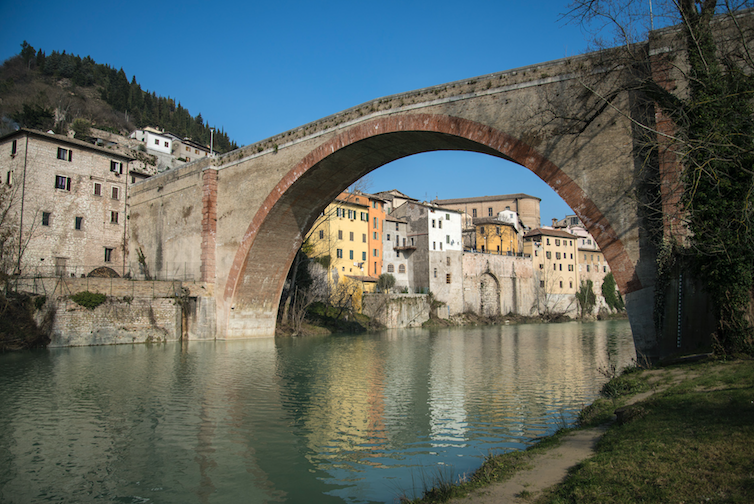
The Roman Bridge in Fermignano
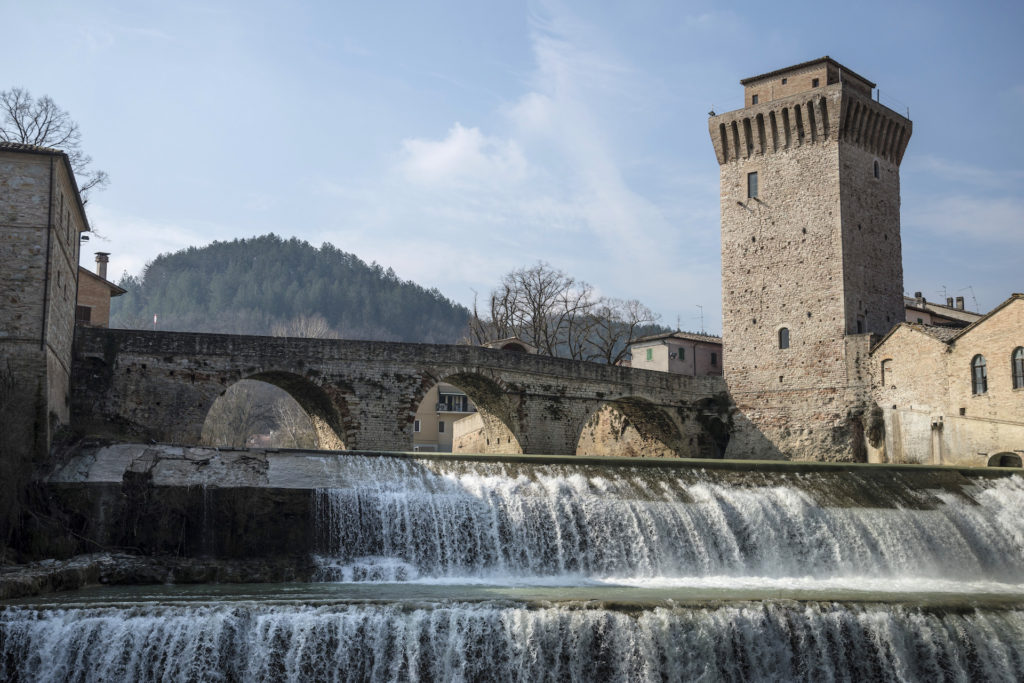
The first adjective one feels like using to describe it is “imposing”. This bridge is indeed a monumental three-arched structure, built with little stone blocks placed by low lines, and with some brick restored portions. Lying close to the Tower, it was built using the same technique. The Bridge and the Tower are so very strictly connected to each other as to look almost like a single monumental complex. Guessing the reason why is not difficult: together they bore a great strategic importance for the control of local mobility in medieval times. During restoration works performed by Francesco di Giorgio in the mid 15th century, Federico da Montefeltro ordered the construction of a niche halfway on the Bridge. Inside it, there is a Madonna with the Child dating back to the end of the same century.
The Devil’s Bridge – Tolentino
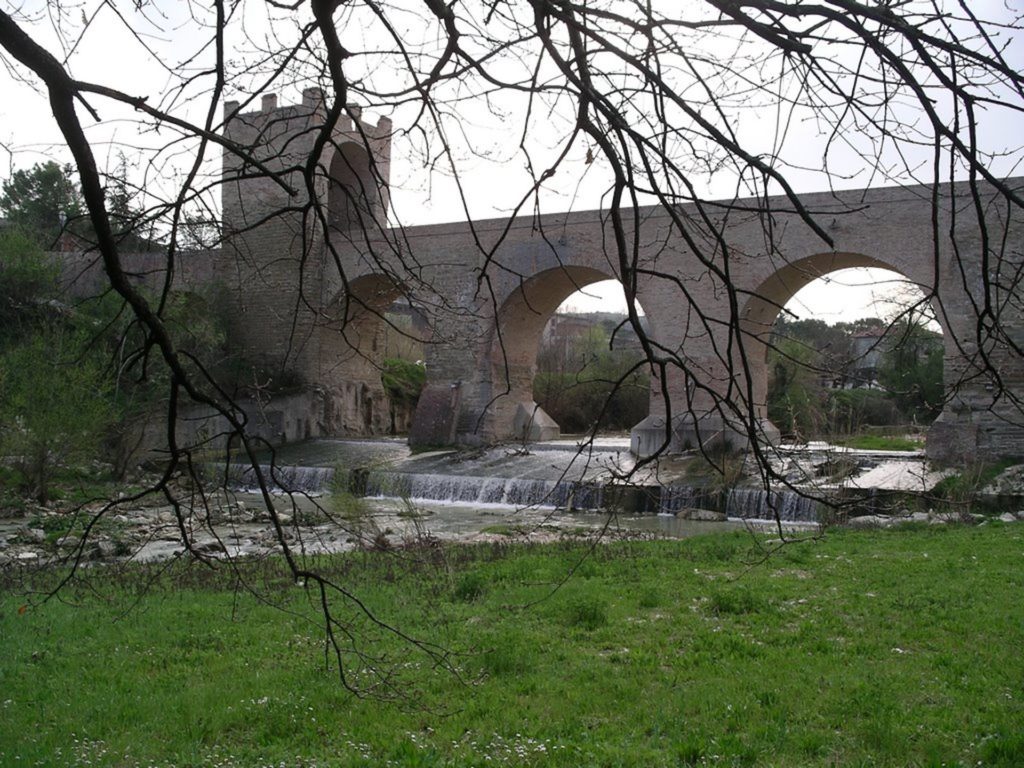
Built in 1268 after a project by Master Bentivegna, this bridge’s design is unique in the whole length of the Chienti river: it has got five curved arches sustained by great pillars, and a four sided barrier-tower bearing Guelph merlons. In 1524 the bridge was enriched, on the corner of its central pillar, with a sacred niche which contains a fresco portraying the Virgin and the Child. The central arch of the bridge was destroyed by German bombings but was rebuilt after the war, perfectly identical to the original. Its name is due to a legend according to which the devil agreed with the builder to care for the construction of this bridge and asked to be paid with the soul of its first user. Informed of the pact, St. Nicolas is said to have fooled the devil by throwing a piece of cheese on the bridge and making a dog cross it the first.
Mallio Bridge – Cagli
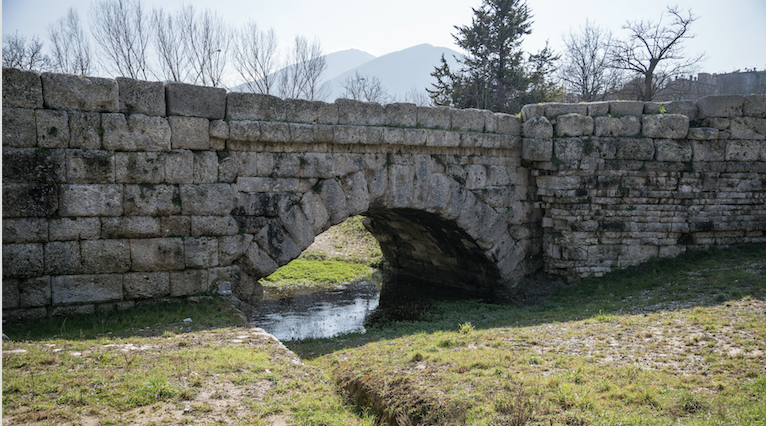
Built to connect the banks of the Bosso creek, this bridge dating back to the time of the ancient Roman republic is named after an inscription which mentions someone “M. Allius”. The bridge is one of the most imposing Roman works along the Flaminia road. It was built by superimposing big dry blocks of a stone called “breccione” or “grigna stone”, dug in an ancient quarry along the path of the road. The part made with regular lines of carnelian ashlars is instead due to a subsequent restoration, probably made during the imperial age.
Intagliata Bridge – Cingoli
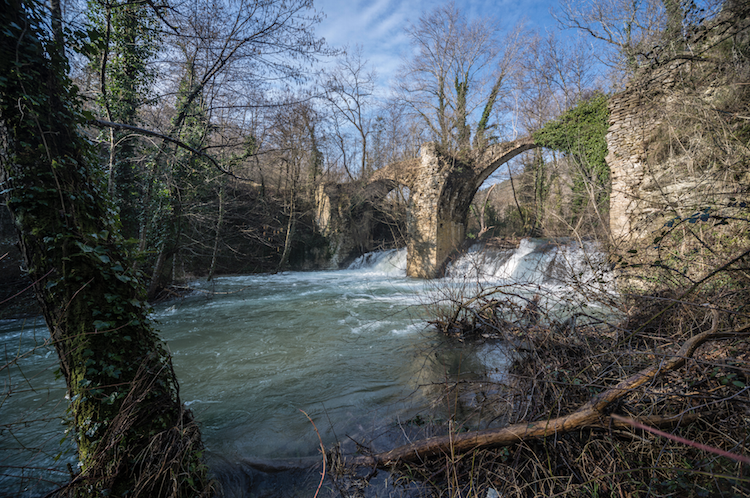
Built across the Musone river during the 11th and the 12th century, this bridge was a part of a complex fortified system meant to defend this section of the river which, as it flew on the border between the Lombard and the Byzantine- Ravenna lands, was indeed a strategic area. Nowadays this monument is unfortunately in a state of total neglect and, unless restoration works are performed, it shall soon collapse.
St. Vittore Roman Bridge – Genga
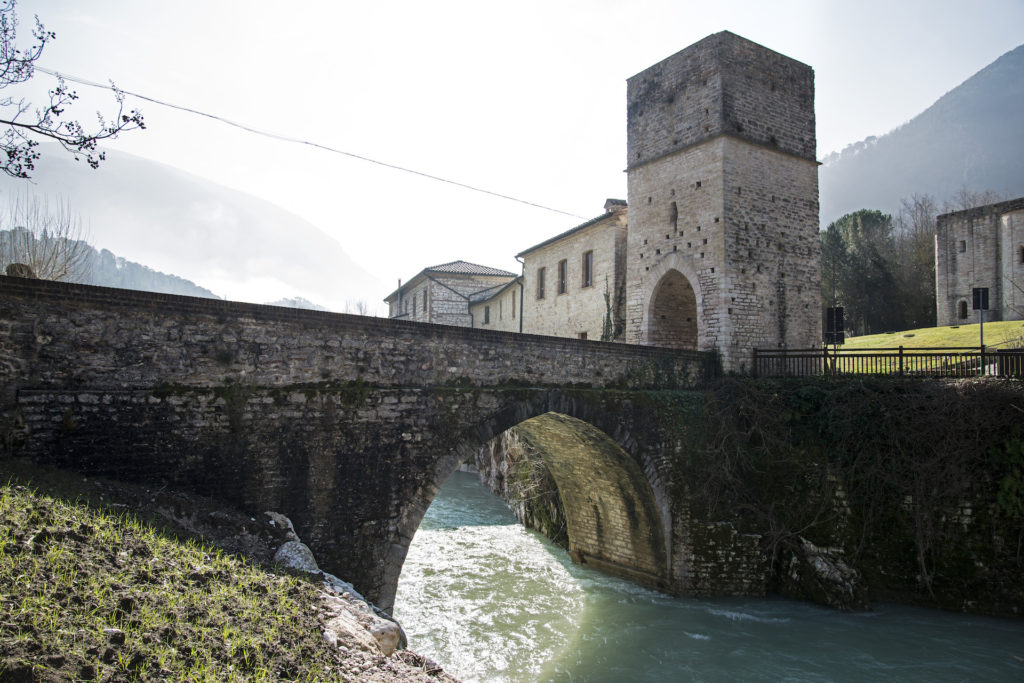
Built above the Sentino river, this bridge is in a perfect state and perfectly fits with the architecture of the place. A beautiful work of Roman times, it is close to St. Vittore delle Chiuse Abbey and was originally meant to lead to a spa. It nowadays contributes to make this little abbatial hamlet look like a fortified borough.
San Severino railway bridge
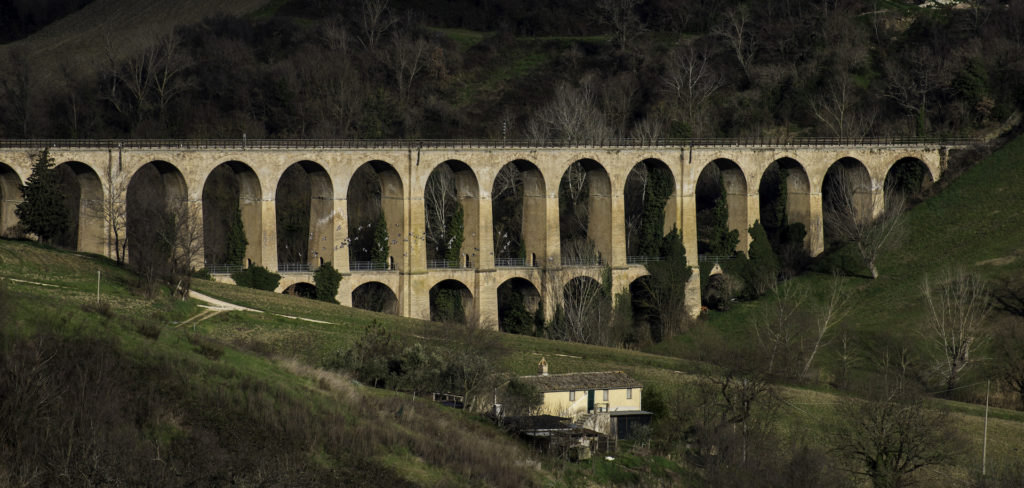
This bridge belongs nowadays to the Civitanova-Fabriano railway, but since the end of the 19th century it connected the valley between San Severino and Tolentino. It is a really imposing, full masonry work.
Cecco’s Bridge – Ascoli Piceno
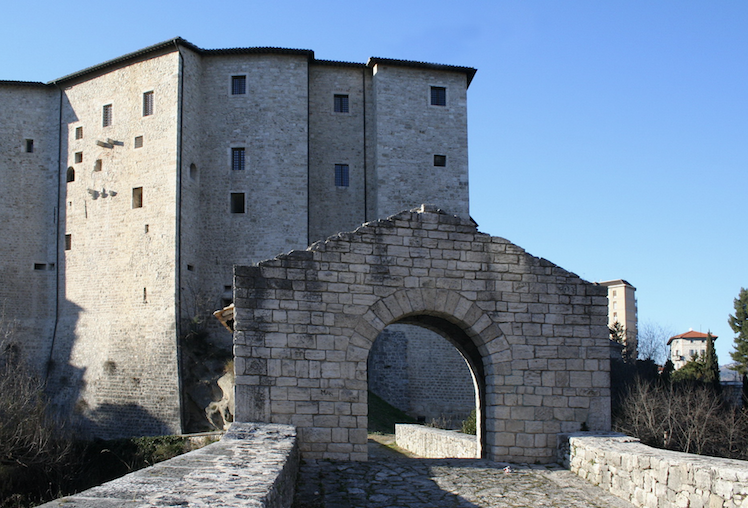
14.5 metres long and 25 metres high, this bridge crosses the Castellano creek, near Porta Maggiore (Main Gateway) and leads to the Malatesta fortress. Erroneously thought to date back to the middle ages, it is now correctly attributed to the times of the ancient republican Rome. A characteristic of its is the little construction at its centre, called “little custom house”, where the gate barring the access to the city was hinged. A curiosity: according to a legend and to the popular tradition, the bridge is named after Cecco d’Ascoli, a poet and astrologist who, supported by the devil, is said to have built it in one night only.
Roman bridge of Solestà – Ascoli Piceno
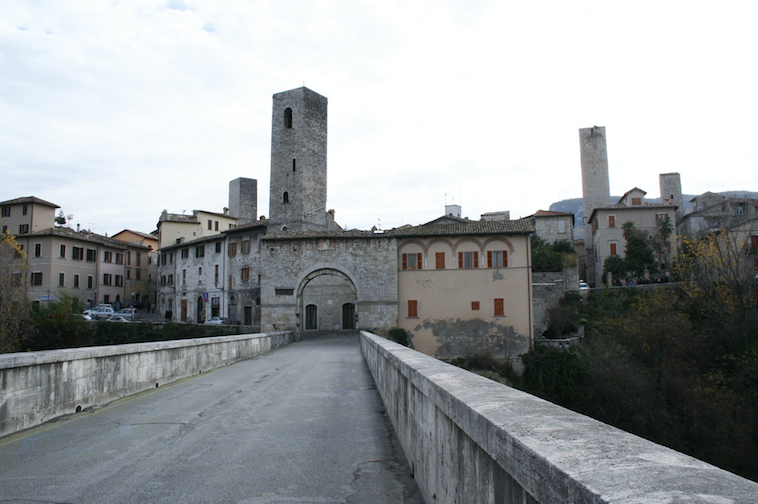
The bridge, also known as the Augustan Bridge of Cappuccia gate, because it connects the city centre and the Porta Cappuccina borough, dates back to the Augustan age and bears the typical shape of Roman works, being built using square travertine stones to create smooth walls. Its size, considering the time when it was built, is really imposing: 62 metres long, 25 high, 6.50 wide, it was only second to the bridge on the Danube river.
